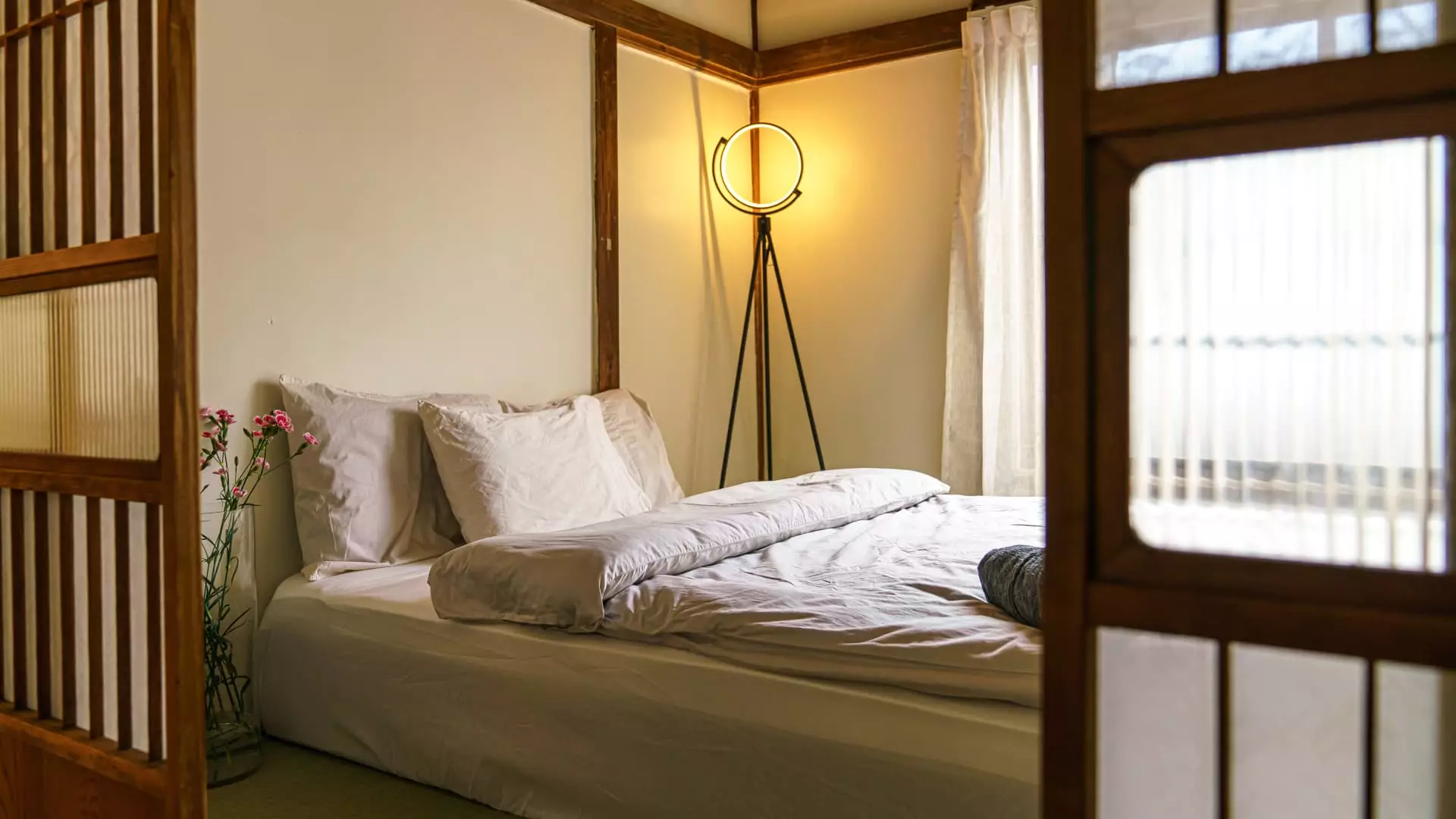In the twilight of Japan’s demographic landscape, a remarkable transformation is occurring. A growing number of individuals are taking it upon themselves to breathe new life into the 9 million “akiyas,” or abandoned houses, that dot the countryside and urban areas. Among these visionaries is Anton Wormann, a 32-year-old Swede who turned a personal fascination with renovation into a thriving enterprise. His journey illustrates not only the challenges and rewards of restoring these forsaken homes, but also sheds light on a critical issue facing Japan today: the oversupply of housing.
Wormann’s passion for renovating old houses led him to purchase an abandoned property next door in 2018. The house had stood empty for nearly a decade, a casualty of an aging population and dwindling birth rates. This trend is emblematic of a broader demographic crisis where the elderly make up a significant portion of the population—over 30% by recent estimates. Simultaneously, the birth rate in Japan has sunk to a historic low of 1.2 births per woman, exacerbating the situation.
With official data revealing that an astounding 9 million homes now lie vacant, Wormann saw an opportunity in these relics of the past. For as little as $10,000, he could acquire properties that not only needed renovation but also held the potential to become beautiful, profitable homes once again. This dual nature of the akiya phenomenon—both a problem and an opportunity—is a fascinating aspect of Japan’s housing crisis.
Wormann’s fascination with Japan began in 2015 during a work trip that left him yearning for more. Over the following years, he visited annually, absorbing the culture, food, and landscapes that captivated him. Eventually, he decided to permanently relocate to Japan in October 2018. This decision came with a fervor to deeply understand the community and language—a venture that would soon prove beneficial to his subsequent investments in real estate.
Prior to purchasing the akiya, Wormann had already honed his renovation skills in Sweden and Japan, exploring homes with his father. This history of hands-on engagement set the stage for what would become a labor of love—a 15-month project enveloped in sweat and determination.
Renovation Realities: Challenges on the Ground
Upon acquiring the 86-year-old property for approximately 8 million yen (roughly $54,000), Wormann encountered a reality far removed from his expectations. The house was not merely an empty shell; it brimmed with the remnants of its past occupants. From termites to structural challenges, each day brought a new wave of complexities. Despite feeling intimidated, his love for the light-filled location and the sheer size of the home fueled his resolve.
He candidly admitted, “There were a lot of uncertainties,” yet he trusted that with vision and effort, no obstacle was insurmountable. Wormann found himself investing over 1,500 hours into the property, a commitment that turned what began as a daunting challenge into a rewarding adventure.
Creating Beauty: The Transformation Process
Renovation is not merely about aesthetics; it’s an emotional journey, weaving personal experiences into the fabric of a home. For Wormann, the design process unfolded gradually, influenced by the light, space, and historical details he discovered along the way. Each choice was intentional, drawing upon the essence of the old house while incorporating modern sensibilities.
As he systematically tackled each area, his thorough approach ensured that the character of the original home was preserved. After 15 months of hard labor and thoughtful design, the property emerged rejuvenated—a beautiful rental attracting tourists and generating approximately $11,000 in monthly revenue through platforms like Airbnb.
Wormann’s story resonates with a larger narrative playing out across Japan. The decay of rural villages, accompanied by an excess of abandoned properties, signals a cultural erosion worth addressing. He emphasizes a critical point: “There are beautiful houses that are going to waste.”
His quest is not solely for profit but for the preservation of Japan’s architectural heritage. As he expands his portfolio to include eight properties, seven of which were previously abandoned, his mission intertwines personal passion with business acumen. He tackles the sad reality of many cultural landmarks left to crumble, finding hope in the notion that dedication can salvage history.
As Anton Wormann illustrates, the akiya phenomenon offers a window into a unique opportunity within a challenging demographic landscape. While Japan wrestles with its oversupply of housing, individuals like Wormann serve as catalysts for change, turning dilapidated homes into vibrant spaces. Through passion, creativity, and sheer determination, he not only rejuvenates these homes but also nurtures a vital aspect of cultural heritage. In a world where homes are often dismissed as outdated, Wormann’s journey is a testament to the beauty found in revival, compelling others to see the potential behind forgotten doors.

